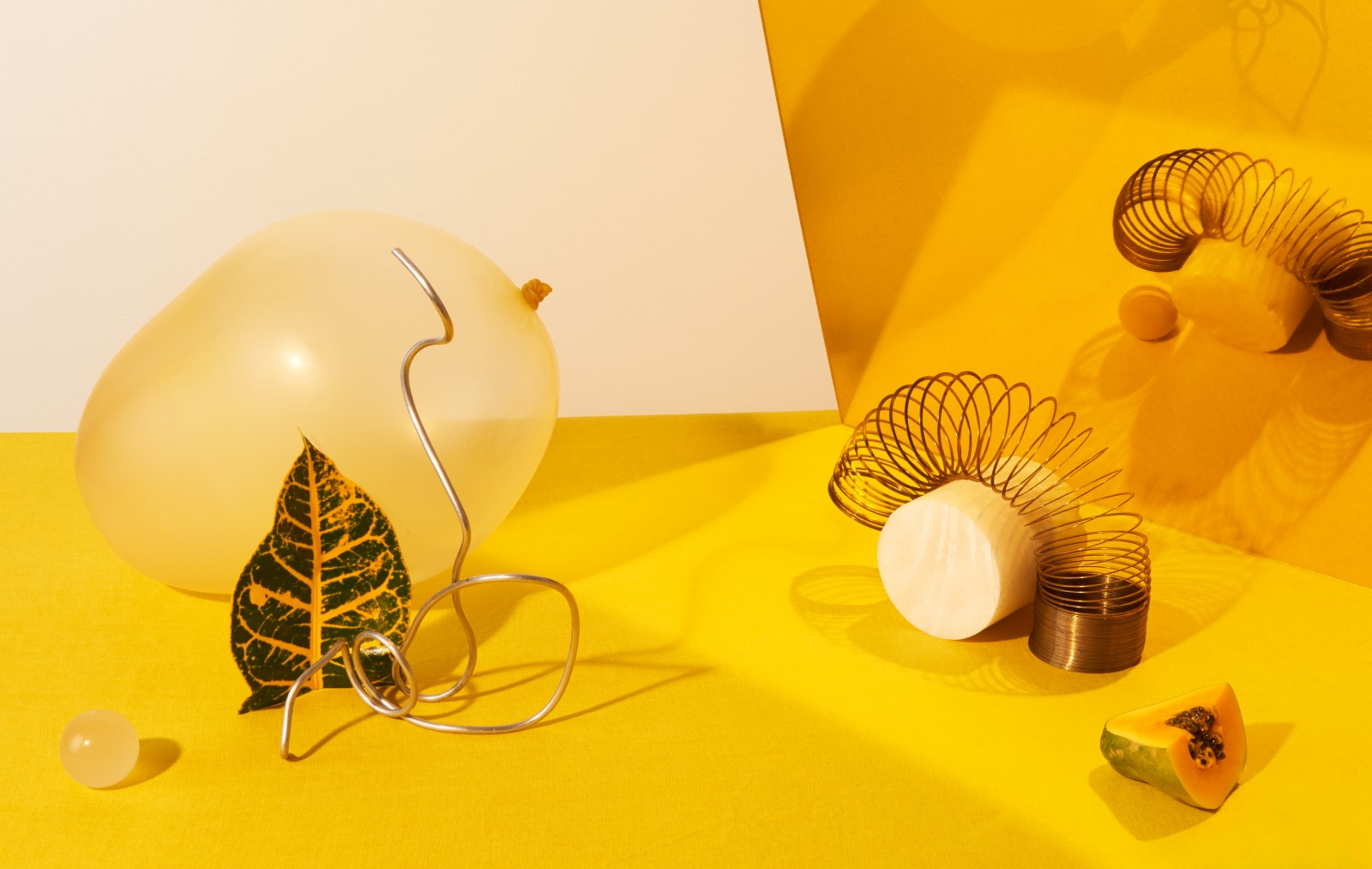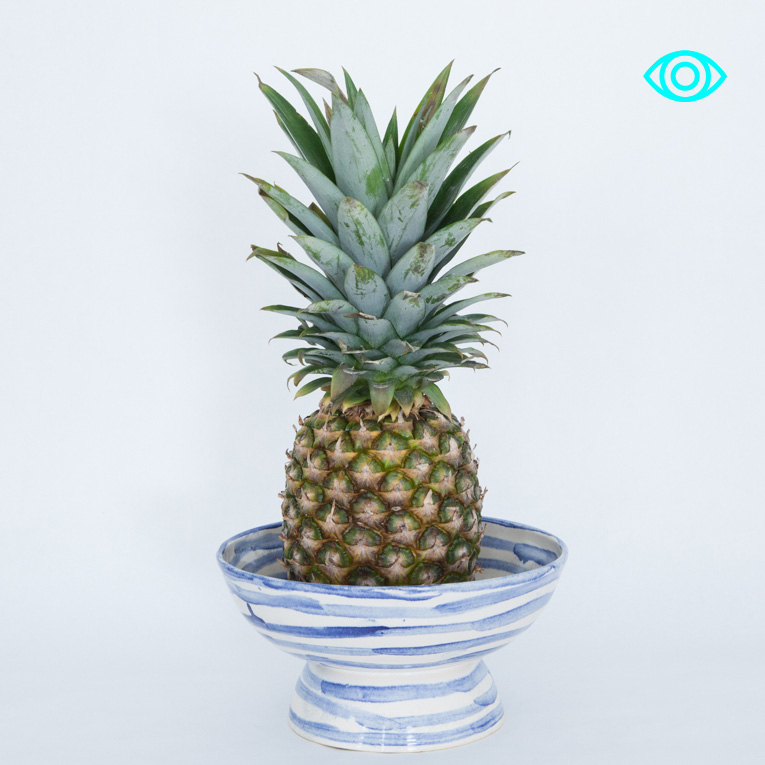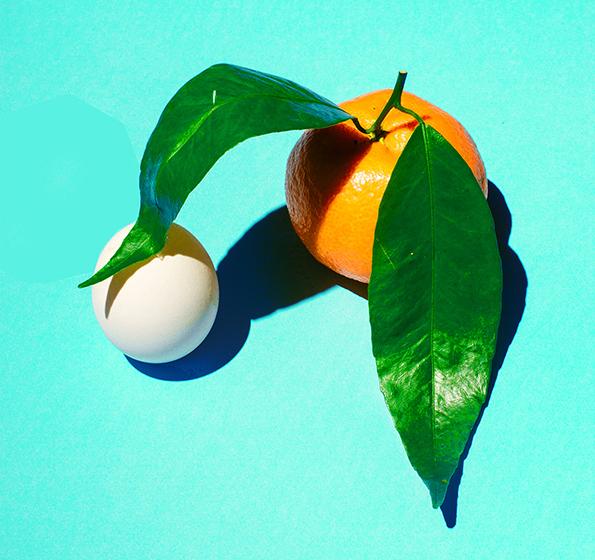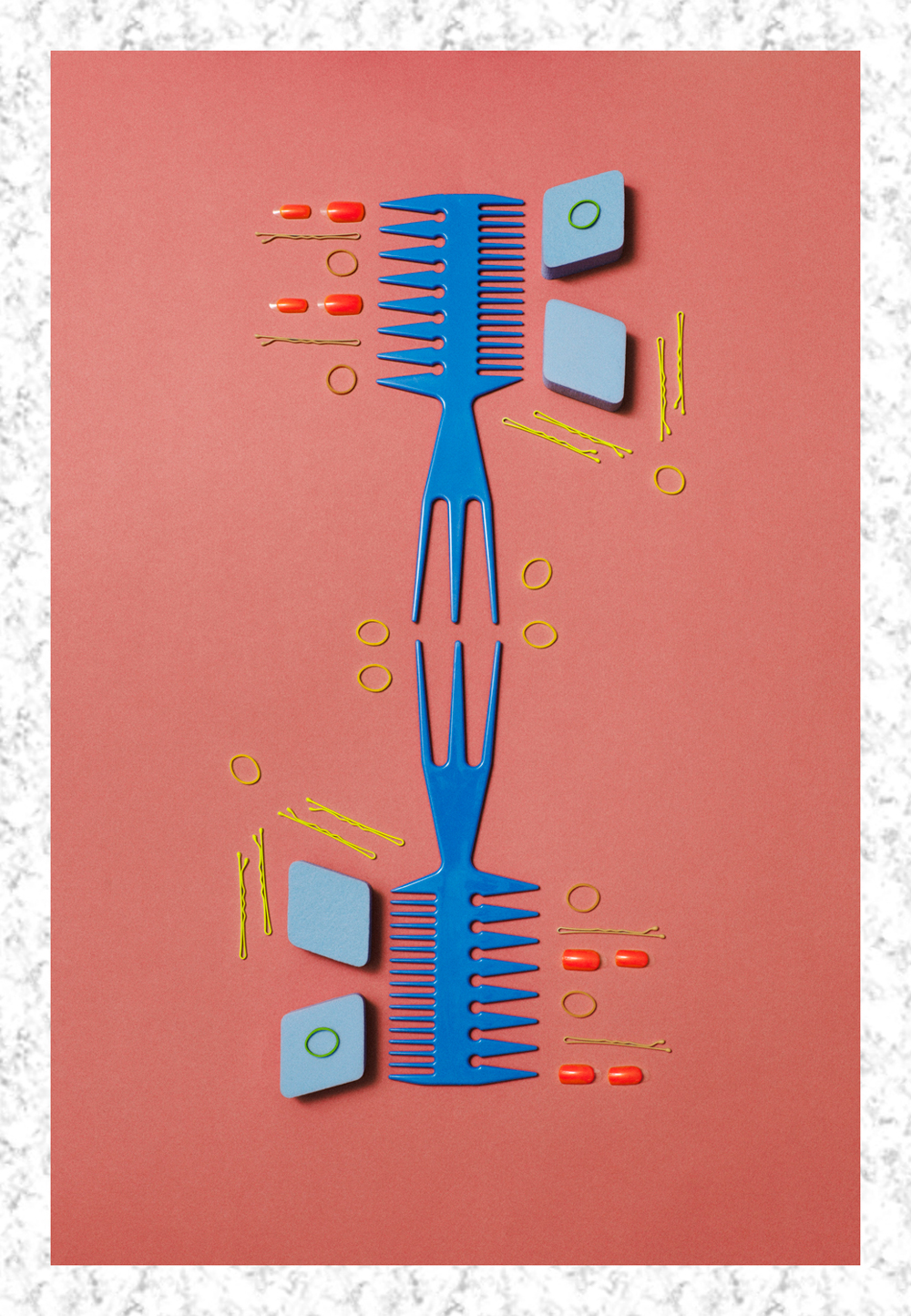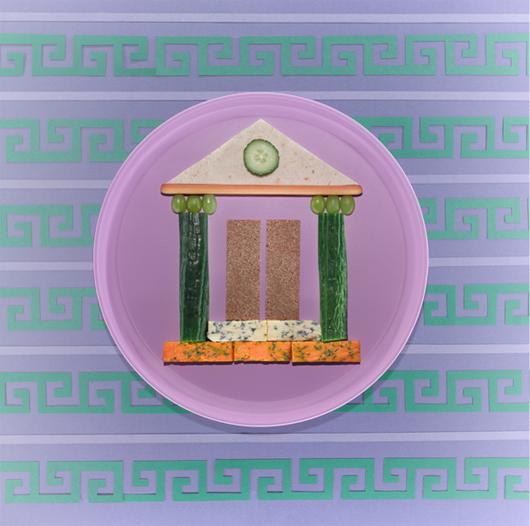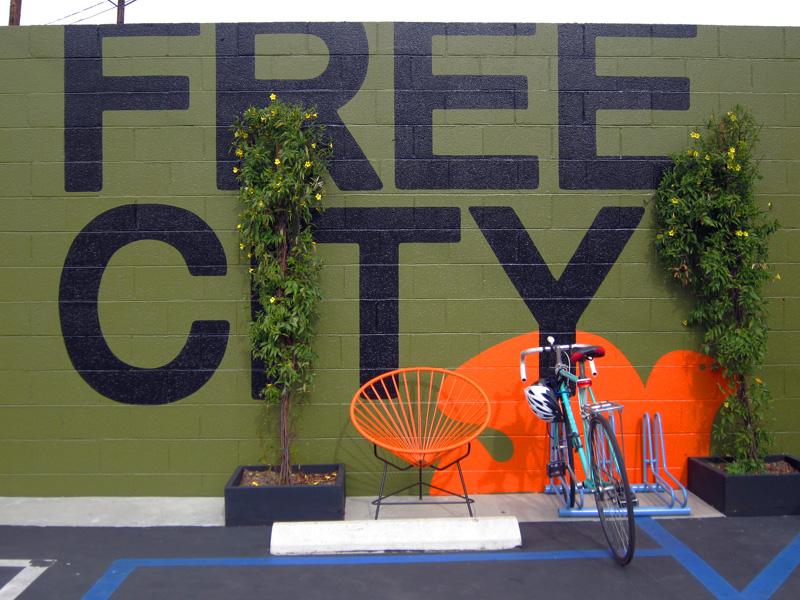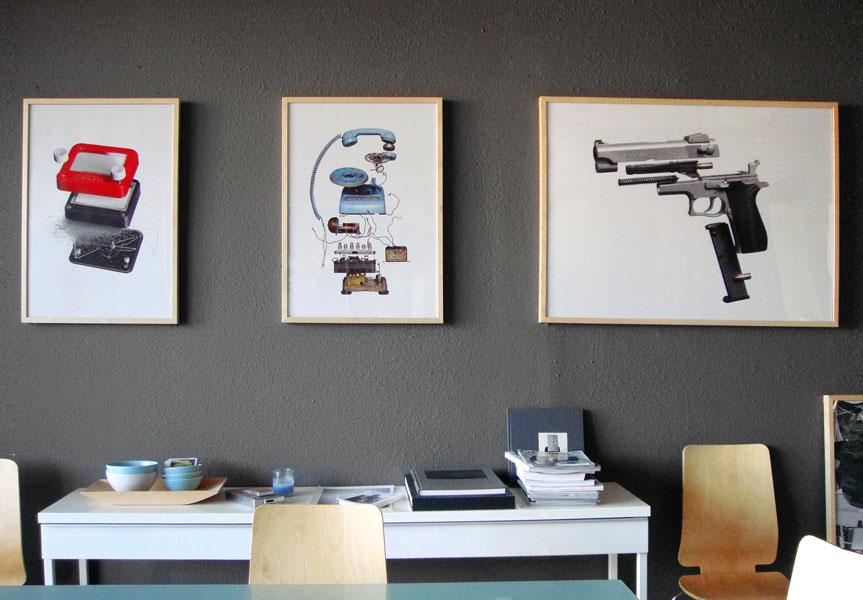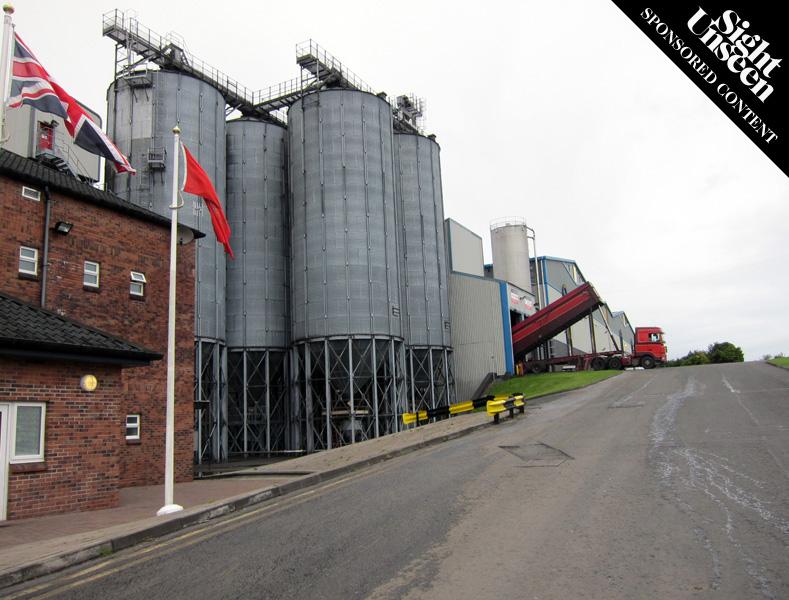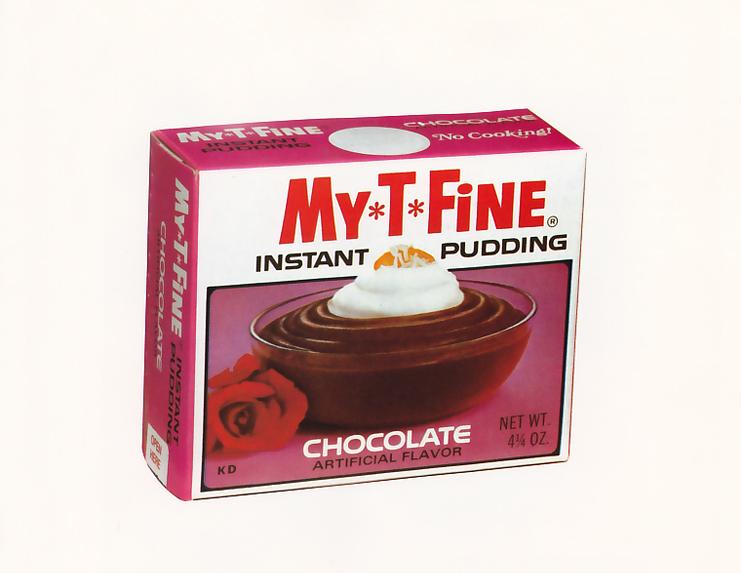The word most often associated with Hendrick’s gin is “unusual,” and there’s good reason for it. Consider the brand’s peculiar visual identity, created by adman Steven Grasse, which collages together semi-Surrealist, mock-Victorian illustrations of naked women in martini glasses, men in dunce caps, butterflies, knights, monocles, trombones, scales, strange machines, roses, and cucumbers. Or the collaborations, most notably with the London-based gelatin artists Bompas & Parr, who in addition to creating a gin-flavored jelly, recently concocted a chewing gum that tastes just like a G&T. And then there are the events: Hendrick’s doesn’t much do the usual cocktail competitions, choosing instead to host croquet matches in the summer and curling duels in the winter. It would all seem like a gimmick, except that for Hendrick’s, which launched a little more than a decade ago, there’s truth in advertising: The gin really is manufactured differently than any other spirit on the market, as we found out when we were invited to the factory in Girvan, Scotland, earlier this month.
